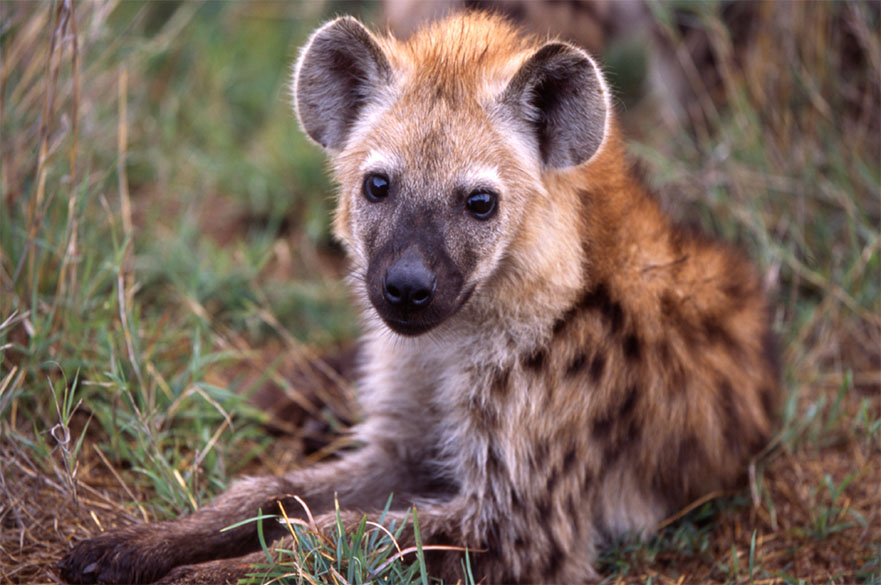Group
Ecology and Conservation
Unit(s) of assessment: Geography, Environmental Studies and Archaeology
Research theme(s): Safety and Sustainability
School: School of Animal, Rural and Environmental Sciences
Overview
The Ecology and Conservation Research Group is comprised of research active staff and PhD students from the College of Science and Technology, who share an interest in species and habitat conservation and improving our understanding of ecological interactions. The Group’s research is largely applied in nature, and involves understanding the ecological consequences of environmental change caused by human activity. We do this by studying organisms at an individual, population, and community level, across a range of taxa. The findings are used to inform current and future conservation management.
Research Areas
- Urban Ecology
- Aquatic Ecology
- Behavioural Ecology
- Restoration Ecology
- Wildlife and Habitat Conservation
Case Studies

Credit: R. Yarnell (2004)
Endangered Species Conversation
Work within the Ecology and Conservation Research Group has advanced biodiversity conservation through applied research, informing management practices, impacting conservation efforts for particular species and ecosystems. This has contributed to the development of conservation guidelines by international organisations at both the species and biodiversity management level. Effective biodiversity conservation relies on success within all aspects of a recovery programme; from effective population assessment, identification of threats, understanding of population processes, habitat management, individual behaviour and education and engagement with key stakeholders.
Staff in the Research Group are members of the IUCN Species Survival Specialist Groups (Hyaenidae and Reintroduction), leading and contributing to population assessments of endangered species such as brown hyena, aardwolf, and vultures and contributing to Reintroduction Guidelines. Population assessments have also been made for endangered species in protected areas of the world where resources are not available for basic population monitoring, as evidenced by research in Old Oyo National Park in Nigeria.
Staff in the Research Group have also developed novel surveying methodologies which have been used to assess declining populations. For example, hedgehog footprint tunnels were designed at NTU, and used in the first National hedgehog survey in the UK. These methods are now widely used by the Mammal Society, Wildlife Trusts and across Europe to monitor hedgehog distributions.
Other members of the group are providing research to demonstrate effective methods of reducing human wildlife conflict, through the use of livestock guarding dogs in Southern Africa, or by using research to inform how pigeon racers can reduce the risk of predation events by peregrine falcons and sparrowhawks in the UK.
Related staff
Related projects
- Untangling the roles of prey availability, habitat quality and predation as predictors of hedgehog abundance (Funded by People’s Trust for Endangered Species) - Dr Richard Yarnell
- Use of the Random Encounter Model to estimate rural and urban hedgehog population size (Funded by People’s Trust for Endangered Species and the British Hedgehog Preservation Society) - Dr Antonio Uzal
- Conservation genetics (Funders: Marie-Curie fellowship) - Stephen Harrison
- Ecological responses to hydrological dynamism in temporary river ecosystems (Funded by the Environment Agency) - Dr Rachel Stubbington
- Drought effects on the invertebrate communities in the groundwater-fed chalk rivers of Hertfordshire (Funded by the Environment Agency) - Dr Rachel Stubbington